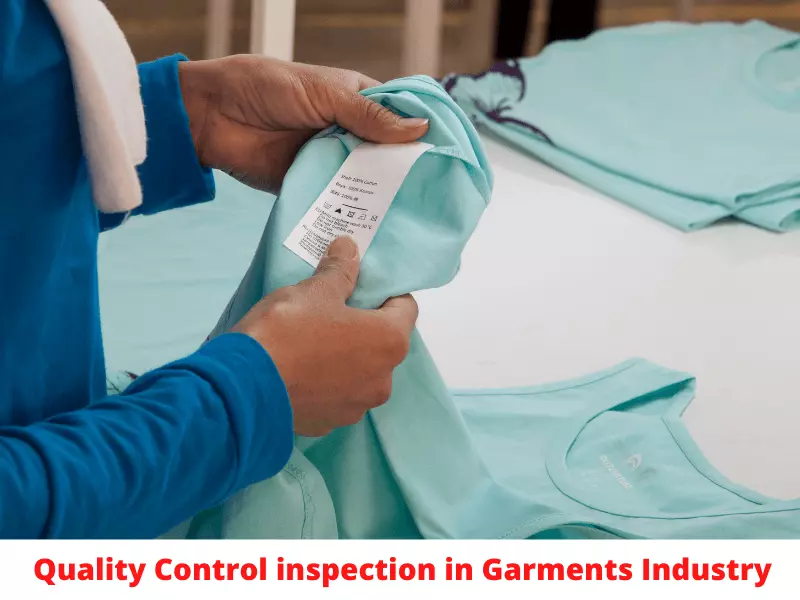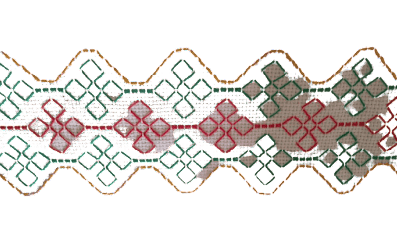Sublimation printing has transformed the textile and apparel landscape by delivering vivid, durable, and high-definition images on fabrics. As personalization and custom printing become mainstream in both fashion and home décor, the need for large format heat press machines is rapidly growing. Here I am presenting the ultimate guide of the Large Format Heat Press Machine for Sublimation Printing in the Textile Industry.
A large sublimation heat press machine bridges the gap between creativity and production efficiency. It allows businesses to produce seamless, full-scale fabric designs—from sportswear and curtains to promotional banners and upholstery.
In this comprehensive guide, we’ll explore how these machines work, what materials they’re best for, the types and sizes available, and the key factors to consider before buying one.
Whether you’re expanding your sublimation business or starting fresh, this is your definitive guide to understanding large format heat press machine sublimation.
What Is a Large Format Heat Press Machine?
A large format heat press machine is a specialized piece of equipment designed to apply heat and pressure over a wide surface area. It enables sublimation transfers on oversized textiles that smaller presses simply cannot accommodate.

32″x40″ Large Format Heat Press
How Sublimation Printing Works with a Large Format Heat Press Machine
Sublimation is a scientific process that converts solid ink directly into gas when exposed to heat, allowing it to penetrate the fibers of polyester fabric and solidify permanently.
The process unfolds in a few simple steps:
- Design printing: The image is first printed on sublimation transfer paper using sublimation ink.
- Positioning: The printed paper is aligned with the fabric on the heat press.
- Pressing: Heat (around 180–210°C) and pressure are applied for 30–60 seconds.
- Cooling: Once removed, the ink cools and re-solidifies inside the fabric fibers.
The result? A permanent, full-color design that won’t crack, peel, or fade—even after multiple washes.
Large format presses ensure even temperature and pressure, which is essential for seamless, large-scale designs such as flags, bedsheets, or sportswear panels.
Applications and Industries
The versatility of large sublimation heat press machines makes them indispensable across multiple industries:
Textile & Apparel Manufacturing
- Sportswear and team uniforms.
- Fashion garments with all-over prints.
- Custom t-shirts, hoodies, and leggings.
Home Décor
- Sublimated curtains, pillow covers, and tablecloths.
- Upholstery fabrics and wall hangings.
Advertising & Promotional Products
- Flags, tents, banners, and backdrops.
- Exhibition booth graphics and stage décor.
Industrial Fabrication
- Coated polyester materials for outdoor gear and technical textiles.
Essentially, any business dealing with large fabric surfaces can greatly benefit from these machines’ speed and consistency.
Compatible Materials for Sublimation
Sublimation works by embedding dye into polyester molecules. Therefore, polyester fabrics and polymer-coated surfaces are ideal for sublimation heat pressing.
Suitable materials include:
- 100% polyester fabrics (best results).
- Polyester blends (minimum 65% polyester).
- Coated textiles used in soft signage and displays.
- Rigid items with a sublimation coating (metal plates, MDF boards, ceramics).
Avoid natural fibers like cotton or linen unless pre-treated with a polyester coating. Without it, the ink will not bond to the surface, leading to dull or washed-out prints.
Types and Sizes of Large Sublimation Heat Press Machines
When selecting a large format heat press machine, you’ll encounter several main configurations designed to suit different production needs:
- Flatbed Heat Press
A flatbed large format press has a stationary heating platen and a movable lower platen.
- Ideal for cut panels, pre-cut garments, and rigid materials.
- Ensures precise control of time and temperature.
- Works well for both sublimation and heat transfer vinyl applications.
- Calendar (Rotary) Heat Press
A calendar heat press uses a heated drum to transfer designs from paper to fabric rolls.
- Perfect for roll-to-roll sublimation printing.
- Common in flag, banner, and home décor textile production.
- Offers continuous operation for high-volume output.
- Pneumatic and Hydraulic Systems
- Pneumatic presses rely on air pressure, providing effortless operation and uniform clamping.
- Hydraulic presses use oil pressure, delivering very high force for thick or rigid materials.
- Available Size Options
- 28″x36″: Compact, efficient, and suitable for medium-scale workshops.
- 32″x40″: Ideal for larger garments and fabric sheets.
- 40″x60″ or above: Designed for oversized sublimation and industrial production.
👉Click to learn more about Kilo’s large format heat presses
Key Features to Look for When Buying a Large Format Heat Press
Selecting the right equipment can make or break your production line. Here are the top features to prioritize:
- Pressure System
Look for pneumatic or hydraulic operation — they provide even, repeatable pressure that manual systems can’t match.
- Temperature Accuracy
A high-quality heating element and thick aluminum platen ensure uniform heat across the surface, preventing uneven color transfer.
- Automation and Efficiency
Dual stations, automatic opening systems, or slide-out drawers improve workflow and reduce downtime.
- Build Quality
Choose a machine made of reinforced steel and industrial components. It must withstand years of high-volume production without deforming.
- Digital Control Panel
Essential for accurate setting of temperature, time, and pressure — ensuring consistent results across different print jobs.
- Energy Efficiency & Safety
Modern machines feature auto shutoff, thermal insulation, and emergency stop buttons to save energy and protect operators.
- After-Sales Support
Choose a reputable supplier offering warranty, spare parts, and technical support to keep your equipment running smoothly.
Maintenance and Best Practices
Proper maintenance guarantees consistent performance and longer machine lifespan. Follow these key practices:
- Preheat before production: Stabilize temperature before pressing.
- Clean regularly: Remove any ink residue or lint from the platen surface.
- Use protective sheets: Teflon or silicone sheets prevent ink transfer to the platen.
- Inspect pneumatic systems: Check air hoses and seals for leaks.
- Recalibrate periodically: Ensure even pressure and accurate temperature readings.
Consistent maintenance minimizes errors, prevents damage to substrates, and ensures reliable production quality.
Cost and ROI Considerations
Large format sublimation presses require significant upfront investment, but the payoff is quick and measurable.
Factors influencing cost:
- Size of platen or roller.
- Pressure system (manual, pneumatic, or hydraulic).
- Automation features and digital controls.
ROI advantages:
- Higher throughput: Dual-platen or rotary systems double productivity.
- Labor efficiency: Automated functions reduce operator fatigue.
- High-quality output: Leads to premium pricing and repeat customers.
- Versatile use: Works across garments, décor, signage, and more.
A well-chosen large sublimation heat press machine can pay for itself within months for businesses running steady production.
Conclusion
In today’s competitive textile industry, large format heat press machines for sublimation printing are essential for producing professional, full-coverage designs at scale. These machines combine precision engineering with high productivity, enabling businesses to expand into new markets and deliver premium-quality products.
For businesses looking to upgrade, Kilo Heat Press offers industrial-grade solutions designed to maximize both performance and value. It is the Large Format Heat Press Machine for Sublimation Printing in the Textile Industry.
By investing in a large sublimation heat press machine, you can ensure consistent results, increase productivity, and elevate your business to new heights in the world of custom textile printing.
FAQ
What size qualifies as a large format heat press?
Any machine with a platen size of 28″x36″ or larger is typically considered a large format heat press suitable for sublimation of full garment panels and fabric sheets.
Can I use a large format press for cotton?
Not directly. Sublimation requires polyester or polymer-coated fabrics to achieve permanent color bonding.
Which is better — flatbed or calendar press?
Flatbed presses are better for cut panels and rigid items; calendar presses excel in roll-to-roll continuous printing.
How can I ensure even pressure and heat?
Use a machine with pneumatic control, a thick aluminum platen, and digital temperature calibration for consistent performance.


